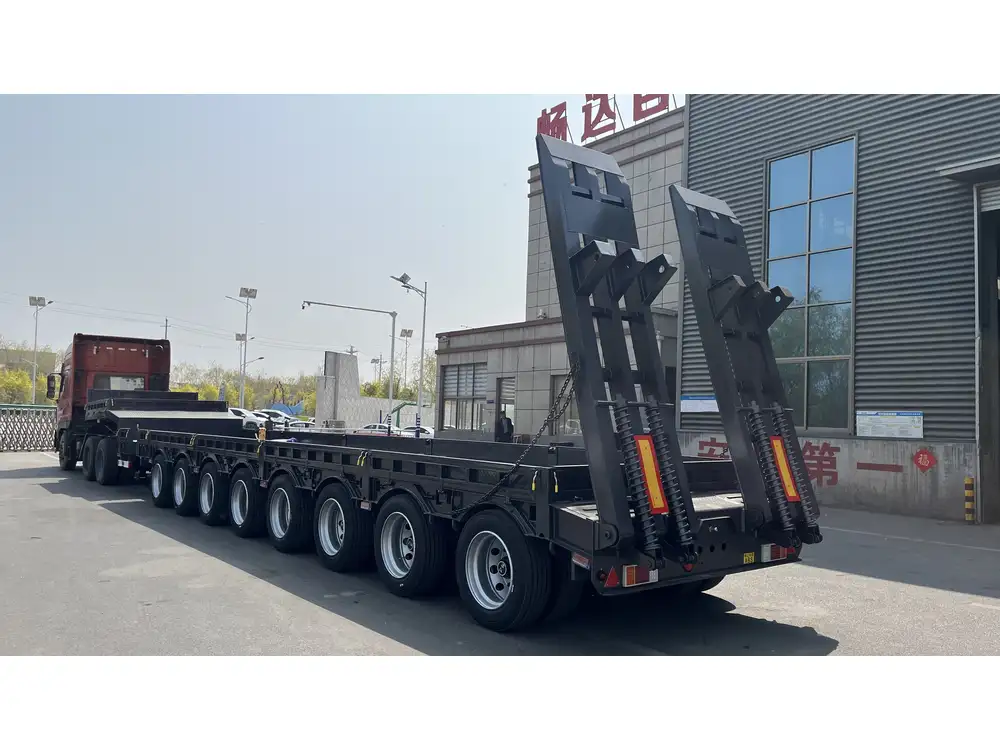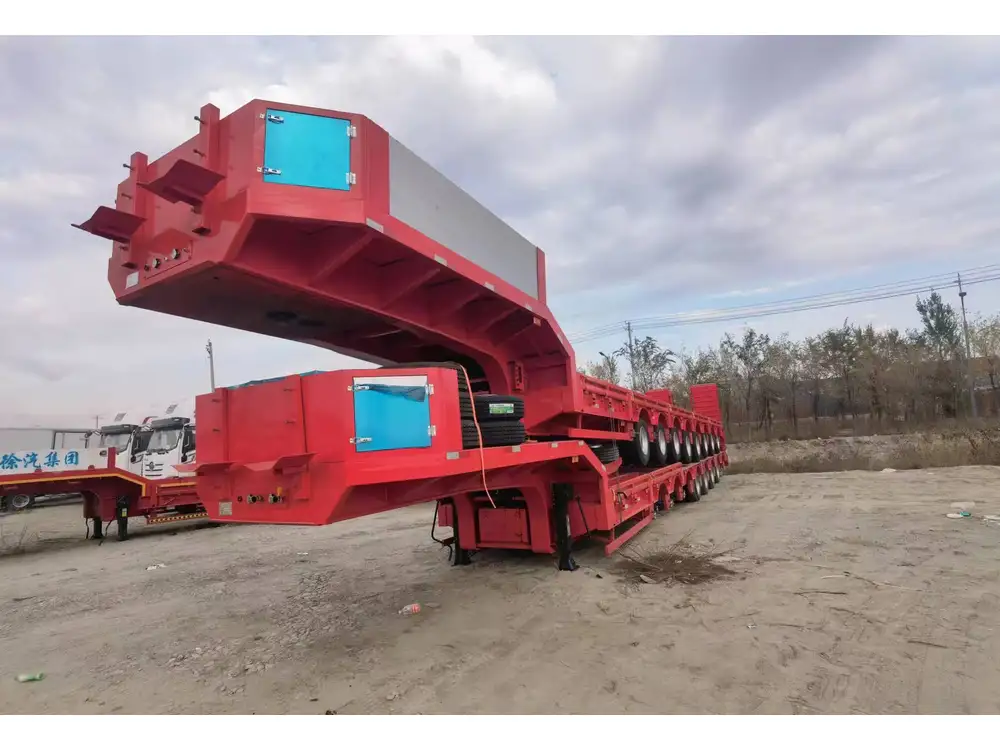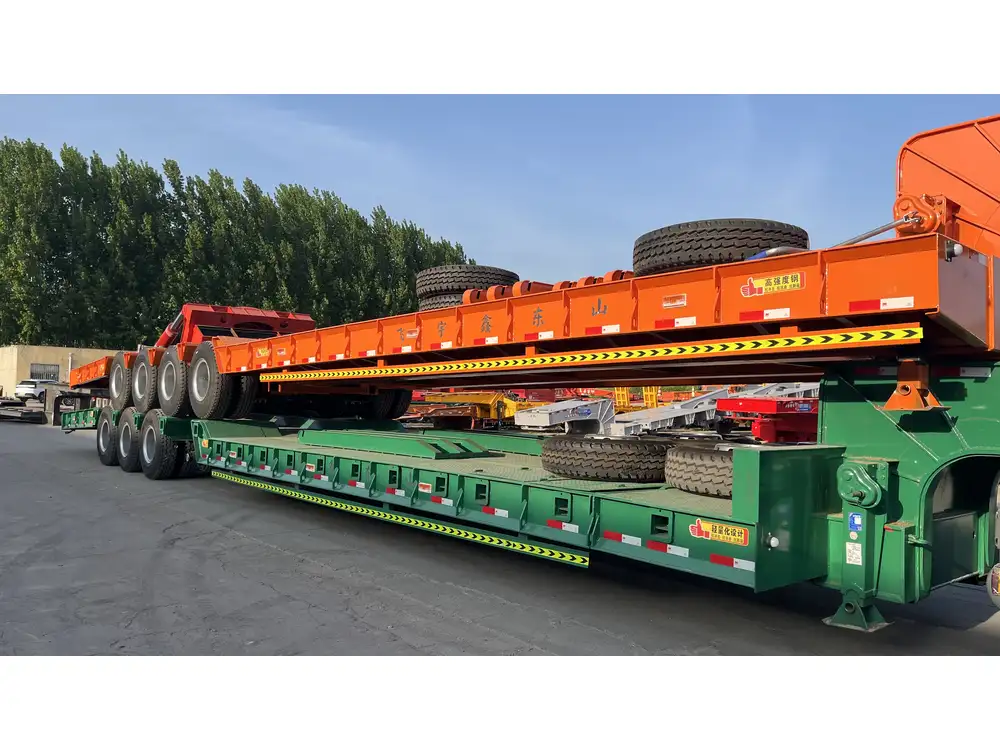Loading a car onto a U-Haul trailer may seem straightforward, but it involves a series of careful steps that ensure the safety of both your vehicle and the trailer during transportation. Whether you’re moving across town or embarking on a long-distance journey, mastering the proper techniques for loading a vehicle is crucial. In this guide, we’ll delve into the intricacies of loading a car onto a U-Haul trailer with precision and care.
Understanding the Equipment
Before we can load a car, it’s essential to recognize the components of the U-Haul trailer that will facilitate this process.
Types of U-Haul Trailers
U-Haul offers several trailer options. Understanding which type suits your needs best is vital.
| Trailer Type | Description | Ideal For |
|---|---|---|
| Car Trailer | A flatbed with a ramp, designed for towing a vehicle. | Cars, trucks, and SUVs |
| Tow Dolly | A tow dolly lifts the front of the car while the rear wheels remain on the ground. | Front-wheel drive cars |
| Auto Transport | Enclosed trailer providing maximum protection. | Long-distance hauling for valuable vehicles |
Note: Always verify the specifications of the trailer you’re using to ensure it’s compatible with your vehicle.

Pre-Loading Preparations
Gathering Your Tools
You will need specific tools and accessories to load your vehicle safely onto a U-Haul trailer. Here’s a checklist:
- Wheel Straps: These secure your vehicle to the trailer.
- Loading Ramp: Not always included; make sure it’s part of your trailer package.
- Gloves: Protect your hands during the loading process.
- Measuring Tape: Verify the dimensions of your car and the trailer’s loading area.
Checking Your Vehicle
Before you load your car, ensure the following:
- Fuel Level: Keep your gas tank low (about a quarter full) to reduce weight.
- Check Fluids: Inspect oil, coolant, and windshield wiper fluid levels to prevent leaks during transport.
- Tires and Brakes: Ensure they are in good condition. If they are worn, the risk of malfunction during loading increases.
- Remove Loose Items: Clear out personal belongings from the car to prevent damage.

Loading the Vehicle
Positioning the Trailer
- Choose a Level Surface: Find a flat area to place the trailer. Avoid inclines that could complicate the loading process.
- Align the Vehicle: Back your vehicle up to the trailer so that the ramp is directly in line with the vehicle’s wheels.
Step-by-Step Loading Process
Lower the Ramp: Securely position the ramp from the trailer to the ground.
Secure the Ramp: Make sure the ramp is stable and won’t shift during loading.
Enter the Trailer: Carefully drive your vehicle onto the ramp.
- Tip: Avoid accelerating too quickly to maintain control.
Maintain Straight Path: Keep the steering wheel straight as you drive up the ramp to center the vehicle on the trailer.
Stop at the Right Spot: Ensure that the front wheels of the car reach the designated area on the trailer, typically indicated by guide markers.
Engage the Emergency Brake: As soon as your car is on the trailer, engage the parking brake to prevent it from rolling backward.

Securing the Vehicle
Once the car is loaded, securing it is imperative to avoid any movement during transport.
Attach Wheel Straps: Loop the straps around each wheel and fasten them tightly, ensuring no slack.
Cross-Over Strapping: For extra security, consider crossing the wheel straps. This method stabilizes the vehicle.
Check Alignment: Ensure all straps are straight and not twisted.
Final Inspection: Double-check that everything is secured before you leave. Inspect the loading ramp and ensure it’s removed from the trailer if it’s a removable type.
Safety Considerations During Transport
With your car safely loaded, it’s crucial to pay attention to safety on the road:
- Monitor Weight Limits: Ensure your trailer is not overloaded. Know the weight limit of the U-Haul trailer and your vehicle to maintain safety and enhance fuel efficiency.
- Adjust Driving Habits: Take turns widely, avoid sudden stops, and drive slower than usual. Remember, your loaded trailer handles differently.
- Conduct Regular Checks: Stop periodically to inspect that your vehicle is still secure during the journey. Look for wear on your straps and check the vehicle’s position.
Unloading the Vehicle Safely
When you arrive at your destination, unloading your vehicle is as important as loading it.

Step-by-Step Unloading Process
Position the Trailer: Ensure the trailer is parked on a level surface.
Check Surroundings: Look around for any obstacles or hazards that could hinder the unloading process.
Remove Securing Straps: Carefully unfasten the wheel straps while ensuring the vehicle is still in gear.
Pull Down the Ramp: Securely lower the ramp before driving down.
Drive Down Slowly: Gradually drive your vehicle down the ramp, keeping the wheels straight.
Clear the Trailer: Once off the trailer, check that the area is clear of any debris or obstacles.
Troubleshooting Common Issues
Sometimes, loading and unloading a vehicle onto a U-Haul trailer can come with unexpected challenges. Here are some common issues and their resolutions:
| Issue | Solution |
|---|---|
| Ramp Slipping | Ensure the ramp is fully seated and secured. |
| Wheels Not Centered | Realign and reverse to re-center the vehicle’s wheels. |
| Straps Not Tightening | Inspect for twists and reposition the straps as needed. |
| Insufficient Tie-Down Points | Consider supplemental tie-downs or a heavy-duty strap. |
FAQs: Loading Cars onto U-Haul Trailers
What if my car is not operable?
- If your car cannot drive onto the trailer, consider using a winch for assistance or enlisting help to push it onto the trailer.
Can I load additional items in the car while it’s on the trailer?
- It is not advisable to load heavy items inside the car as it affects balance and could lead to unsafe driving conditions.
How do I know if my vehicle is compatible?
- Consult the U-Haul website or speak to a U-Haul representative regarding your vehicle’s specifications and weight.
Is insurance coverage necessary?
- Yes, ensure the vehicle is sufficiently insured during transport. Check with your auto insurance for applicable coverage.
What should I do if I encounter problems while driving?
- If issues arise, pull over to a safe spot, assess the problem, and seek professional help if necessary.

Conclusion
Mastering how to load a car on a U-Haul trailer is critical for ensuring that both your vehicle and your belongings arrive safely at your destination. Comprehensive preparation, careful execution during the loading process, and adherence to safety protocols while on the road define the recipe for a successful vehicle transport experience. By following this detailed guide, you will navigate the complexities of trailer loading with confidence, making your moving or traveling endeavor both efficient and trouble-free. Make each step a thoughtful one, and you’ll ensure a seamless journey wherever your new path might lead you.



